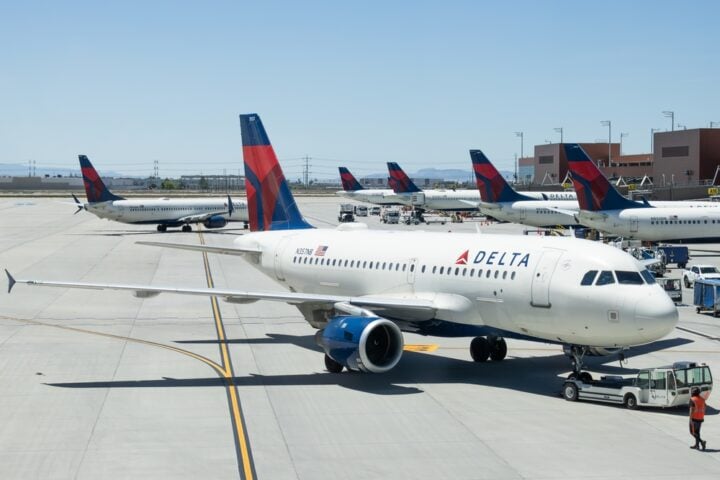Trump Offers Help to Automakers Amid 25% Tariffs
Shares of major automakers saw a significant increase on Monday following President Donald Trump’s remarks that he is considering “helping some of the car companies” affected by his 25% auto tariffs. The comment, made during a meeting with Salvadoran President Nayib Bukele, signaled that the administration may provide some relief for the automotive industry as they transition their production to U.S. manufacturing.
Market Reaction to Trump’s Comments
After Trump’s comments, stocks of Ford Motor, General Motors, and Stellantis surged between 3% and 6%, reversing earlier losses or flat trading. Rivian Automotive also saw a 4.9% increase, while Tesla’s stock remained unchanged. Other car manufacturers, including Toyota Motor, Honda Motor, and electric vehicle startup Lucid Group, experienced gains of 1.5% to 2%.
Automakers Adjusting to New Tariffs
The automotive sector has been dealing with the fallout from the 25% tariffs imposed on imported vehicles by Trump earlier this month. Despite some reductions in tariffs for other industries, the automotive tariffs remain. Companies like Ford and Stellantis have begun offering employee pricing deals to counteract the tariffs, while British automaker Jaguar Land Rover has suspended U.S. shipments. Hyundai Motor has also pledged not to raise prices for at least two months to alleviate consumer concerns.
GM’s Production Adjustments
General Motors (GM) has responded to the changing market conditions by increasing U.S. production, particularly at a pickup truck plant in Indiana. The company also canceled previously announced downtime at a Tennessee facility that manufactures Cadillac crossovers, as part of an effort to meet production demands. GM’s decision to keep production schedules on track is aimed at ensuring continued vehicle availability despite the ongoing tariff uncertainty.
Potential Relief for Auto Industry
Trump’s statement indicates that his administration may grant some leniency to automakers, recognizing the challenges posed by the shifting supply chains. As manufacturers adjust to the new tariff environment, it remains to be seen how much time and assistance the industry will receive to make the transition to U.S. production.







